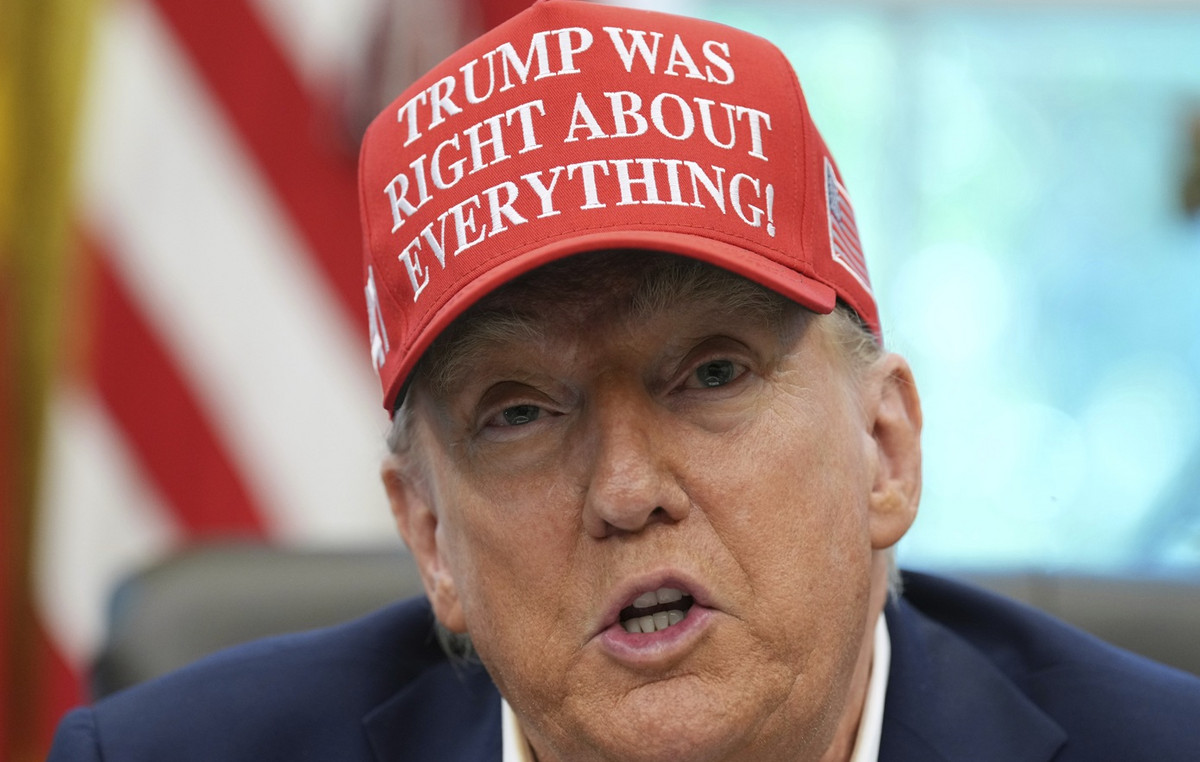If you’re an American visiting Italy, Greece or Spain this summer after a travel hiatus during the pandemic, you’re in luck: Meals, hotels and tours are more affordable in dollars than they were in two decades.
The euro fell to around $1.03, down more than 8% against the US dollar year-to-date. It is now trading at its lowest level since late 2002.
Most analysts still don’t think they’ve hit rock bottom. There are predictions that it could even reach parity, where one dollar can be exchanged for one euro.
“I’m bearish on the euro until I see a headline that tells me global growth will pick up in a big way,” Nomura strategist Jordan Rochester told me. He thinks the euro will reach parity by the end of August.
In short: what is good for American tourists is difficult for European companies that need to buy energy, raw materials and components with prices in dollars. The rising cost of imports could continue to boost prices in the 19 countries that use the euro, where annual inflation jumped to a record 8.6% in June.
What is driving the sale of the euro, the second most used currency in the world? Analysts point to a few factors.
The first is the economic perspective. Recession fears are mounting globally. But Europe’s proximity to the war in Ukraine and its historical dependence on Russia for its energy needs have made it more vulnerable than the United States.
Natural gas prices in Europe are at their highest level since March. Russia has cut off gas flows to Europe and the main Nord Stream pipeline is about to undergo maintenance. Energy workers in Norway have just gone on strike, threatening further supply restrictions.
“We have an upcoming winter crisis for the eurozone and I expect energy prices to remain very strong,” Rochester said.
The euro tends to underperform when risk appetite among investors wanes.
Another issue is trade. Germany has just reported a rare monthly trade deficit, a sign that high energy prices are weighing on manufacturers in Europe’s export powerhouse. A weaker euro is therefore necessary to make the bloc’s exports more competitive.
Europe is also lagging behind the United States in raising interest rates, although the European Central Bank expects to start raising this month. That means investors are more likely to park their money in the United States, where they can get better returns.
As interest rates rise, there are concerns that bond markets in countries with high debt burdens such as Italy and Greece could come under pressure. The ECB said it will work to avoid what it calls “fragmentation”, but it remains a risk traders are monitoring closely.
Clients “are very concerned about all things European,” Société Générale strategist Kit Juckes said on Tuesday.
“German trade data yesterday dropped sharply, and the feeling that the current account surplus is being hurt by energy prices is widespread. Add in worries about fragmentation and fears that the global economy is heading south, and it’s hard to get a little optimistic. about the euro.”
Source: CNN Brasil
I am Sophia william, author of World Stock Market. I have a degree in journalism from the University of Missouri and I have worked as a reporter for several news websites. I have a passion for writing and informing people about the latest news and events happening in the world. I strive to be accurate and unbiased in my reporting, and I hope to provide readers with valuable information that they can use to make informed decisions.







